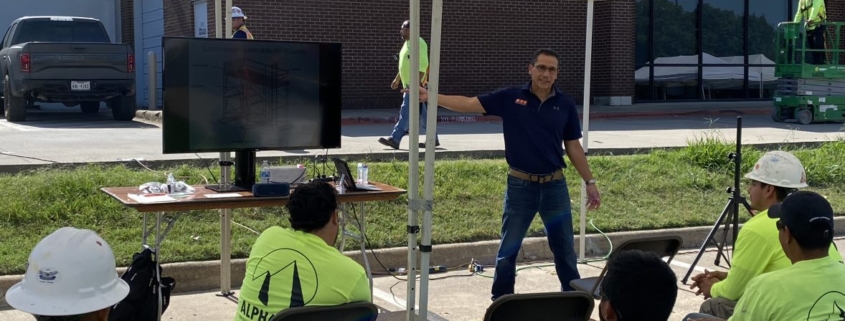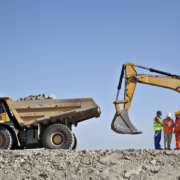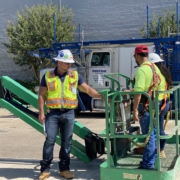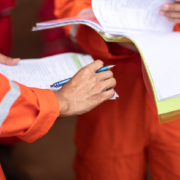At STC, we believe that construction safety briefings are an essential part of any construction project. They provide an opportunity for project managers and supervisors to communicate important safety information to workers, and ensure that everyone is aware of the potential hazards and risks that may be present on the job site. But how can you ensure that your safety briefings are effective and provide the necessary information to keep workers safe? Here are nine tips for giving an effective construction safety briefing from the safety experts here at STC:
- Make them interactive: Construction safety briefings should not be a one-way lecture. Encourage participation from workers by asking questions, soliciting feedback, and allowing for discussion. This helps to engage workers and ensure that they are paying attention and understanding the information being presented during the construction safety briefing.
- Keep them concise: No one wants to sit through a long, tedious construction safety briefing. Keep your briefings as short and to-the-point as possible, focusing on the most important information.
- Use visual aids: People often retain information better when it is presented visually. Consider using visual aids such as slides, videos, or demonstrations to help illustrate important points during the construction safety briefing.
- Make them relevant: Make sure that the information presented in the construction safety briefing is relevant to the specific tasks and risks faced by the workers in attendance. This helps to ensure that the information is applicable and useful to them.
- Review frequently: Safety protocols and procedures can change, so it is important to review safety information regularly through construction safety briefings. Consider scheduling regular construction safety briefings to review and update workers on any new or revised procedures.
- Encourage questions: Encourage workers to ask questions during the construction safety briefing, and make sure to take the time to answer them thoroughly. This helps to ensure that workers have a clear understanding of the information being presented and can ask for clarification if needed.
- Follow up: After the construction safety briefing, follow up with workers to ensure that they understand the information and are implementing it on the job. Consider setting aside time for one-on-one training or coaching if needed.
No matter how you choose to create engaging safety briefings, STC is here to ensure that you have all of the tools you need. We offer a wide variety of managed safety services, from onsite safety staffing to safety consulting to help keep you prepared for any situation. Want to learn more about keeping your employees safe from potential dangers? Check out our blog!
Photo Sourced from STC
